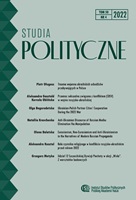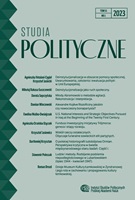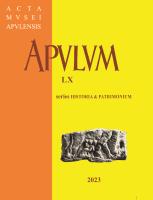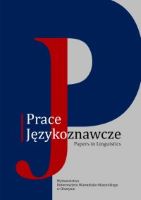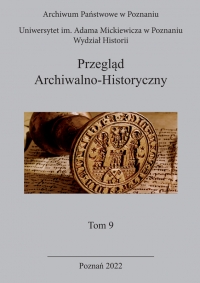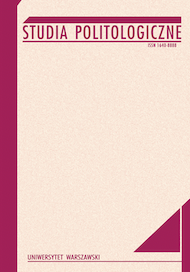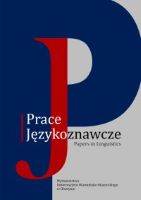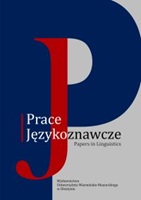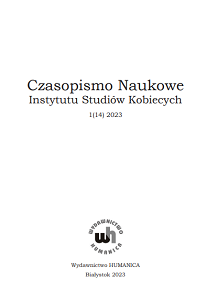Złocień maruna – starożytny lek na współczesne choroby
The feverfew (Tanacetum parthenium L.), also known as the Chrysanthemum parthenium, is a perennial plant belonging to the Asteraceae family, growing mainly in gardens and open spaces, can be found growing in the regions of Southern Europe and Asia Minor. The healing effects of feverfew were known in antiquity. In folk medicine, this plant has been used to treat fever, migraine headaches, as well as rheumatoid arthritis, stomach and toothache, and insect bites. The active compounds contained in the feverfew include sesquiterpene lactones, and the most important of them – is parthenolide, which is considered to be the main ingredient determining the biological activity of extracts from this perennial. Feverfew preparations, containing parthenolide, reduce the production of prostaglandins, inhibit the release of serotonin and histamine, and antagonize the 5-HT2A receptors, thus showing the anti-migraine effects. Moreover, feverfew extract has anti-infl ammatory properties and reduces allergy symptoms by inhibiting the secretion of histamine from mast cells. Currently, studies are being conducted on the use of parthenolide in the treatment of neuropathic pain. This type of chronic pain is caused by damage to the somatosensory nervous system, which is observed in the development of diabetes, stroke, cancer, or after mechanical injuries (e.g. as postoperative complications or after traffic accidents). In in vivo studies parthenolide showed a strong analgesic effect, moreover, its use allowed for the reduction of morphine doses in neuropathic animals. This important clinical implication raises great hopes for designing a multimodal therapy for neuropathic pain. In addition to its anti-infl ammatory and analgesic properties, parthenolide exhibits antitumor activity by inhibiting the NF-κB and STAT transcription factors and inducing the permanent activation of JNK kinase and p53 protein, thereby sensitizing neoplastic cells to radio- and chemotherapy. Interestingly, parthenolide induces apoptosis of cancer cells but has no toxic effects on normal cells. Currently, preparations from the feverfew are used in the phytotherapy of migraine headaches, however, the results of the preclinical research open up new perspectives for the use of this perennial, in particular parthenolide, in modern therapy.
More...
